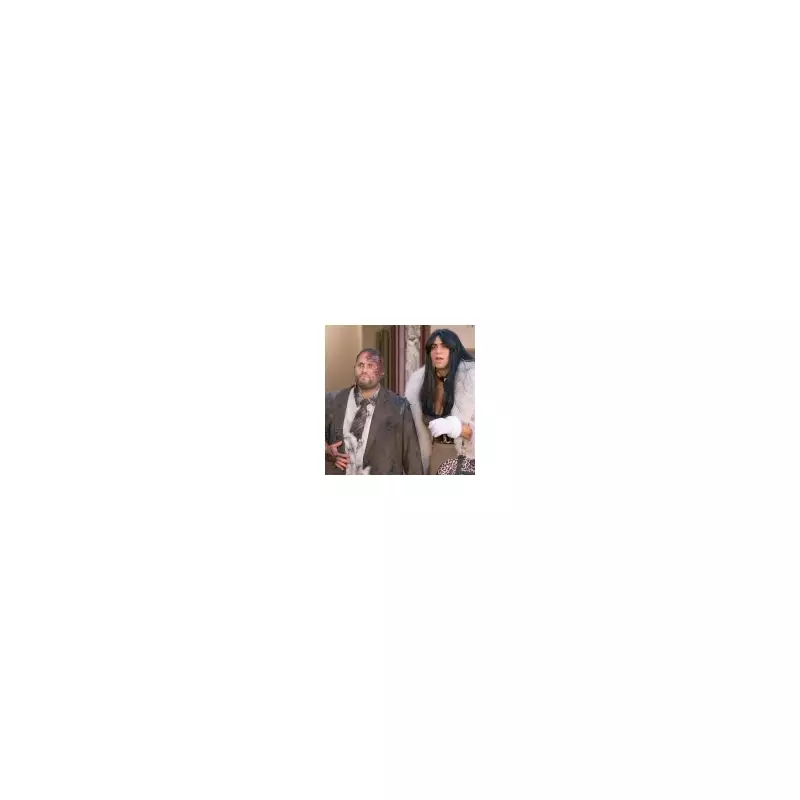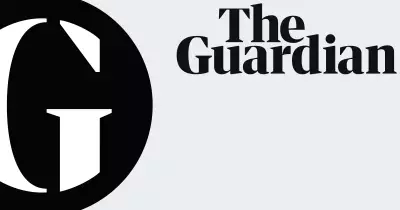
In a surprising twist that defies conventional wisdom, a Netflix series being widely panned as 'rubbish' by critics has become an unexpected viewing sensation. The show, which premiered last week, is demonstrating that sometimes the worst reviews can generate the best audience numbers.
The Curiosity Factor
Industry analysts suggest the phenomenon represents what's known as the 'curiosity gap' - where negative publicity actually drives viewer interest rather than deterring it. 'When something receives universally terrible reviews, it creates a sense of mystery,' explains media analyst Sarah Chen. 'Viewers want to see for themselves just how bad it really is.'
Social Media Buzz
The series has generated significant social media traction, with viewers sharing their own reactions and creating memes about the show's perceived flaws. This organic online discussion appears to be fueling additional viewership as people join the conversation.
'There's a communal aspect to watching something that's considered terrible,' notes digital culture expert Dr. Michael Roberts. 'People enjoy bonding over shared disappointment and finding entertainment value in critiquing the production.'
Netflix's Algorithm Advantage
The streaming giant's powerful recommendation algorithm may also be contributing to the show's unexpected success. Despite negative critical reception, high completion rates and engagement metrics could be prompting Netflix to promote the series to wider audiences.
This isn't the first time a poorly reviewed show has found an audience through streaming platforms. The 'so bad it's good' phenomenon has previously driven viewership for various productions that missed the mark with critics but found their niche with audiences.





